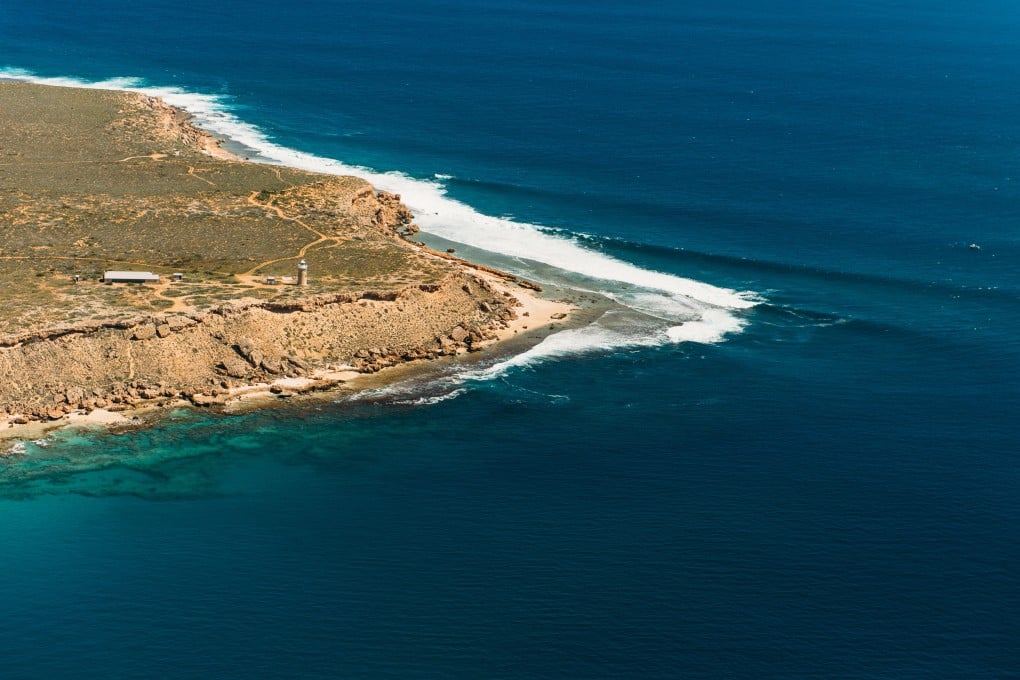Return to 1616: Australian island reintroduces species that vanished when settlers arrived
- The country’s westernmost point, Dirk Hartog Island, is inhabited by just one family, who run an eco-lodge
- Animals making a return include banded-hare, rufous-hare wallabies and, hopefully, the chuditch population

On October 25, 1616, Dutch sea captain Dirk Hartog and the crew of the wooden-hulled East Indiaman Eendracht crossed a turquoise bay to the northern tip of a long, thin island. After landing their rowing boat on a pristine white beach, the captain and his men scrambled up a high promontory to nail an engraved pewter plate to a post, becoming the first Europeans to leave evidence of landing in what would one day be called Australia.
The thin strip of land, dominated by scrub-covered sand dunes, is now named after the Dutch captain. It is the nation’s most westerly point and, at 63,000 hectares, Western Australia’s largest island.
Hartog was a spice trader en route to Indonesia, and although he had no interest in claiming this inhospitable and barren country for the Dutch, he continued to map the coastline on his way north. On his return home, Europe learned of the existence of a great southern land and, 154 years later, Captain Cook would claim it for England.
Aboriginal Malgana people had abandoned the area of Hartog’s landing 5,000 to 8,000 years earlier, when it became an island, and although no humans observed the crew’s activities, other eyes may have been watching.
No ship’s log remains of the Eendracht and we will never know if the crew discovered the island’s suite of furry marsupials, but two things are certain: the animals would have been unlike anything they had ever seen; and European settlement would eventually spell disaster for many of them.

Seeking to turn back the clock to the day Hartog arrived, an ambitious conservation programme, called Return to 1616, is reinstating the island’s fauna, brightening the outlook for species that have disappeared from Captain Hartog’s island like a ship over the horizon.
